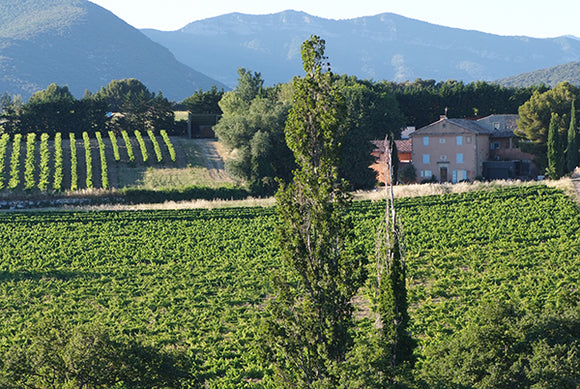History
Back in December 1978, a barn and 12 hectares of old vines in Montbrison was purchased by Philippe Laurent and Michèle Aubéry-Laurent. From the very first year, the full harvest was vinified and the first cuvee was issued in 1979, of which the cuvee earned “Ceps Centenaires”.
Time passed and further plantations have extended the surface of the vineyard, as well as the purchase of several plots of land (4.5 hectares) in 1999 on the terroir of Vinsobres. When Philippe accidentally passed on at the end of 1999, Michèle decided to keep up to job alone. Maxime-François, one of her three children, joined her in Gramenon in 2006 and started a little wine merchant business at the same time. In 2007, the purchase of a land on the high plateau of Valréas increased the total surface of cultivation up to 25 hectares.







